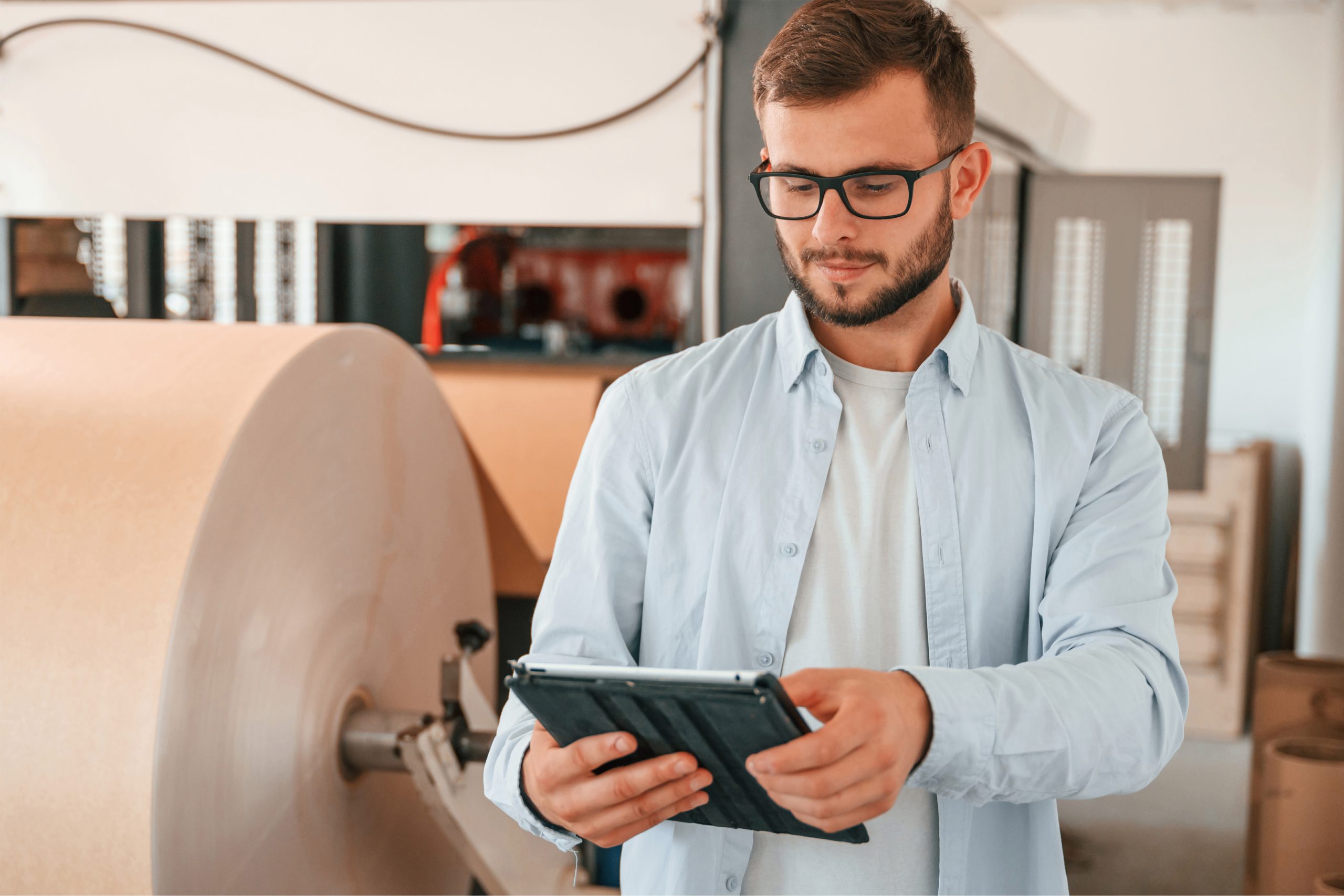Introduction
Swag, or promotional merchandise, has long been a powerful marketing tool for businesses to connect with their audience and drive brand awareness. As consumer preferences evolve and the desire for personalization and customization increases, it is no surprise that swag, too, is undergoing a major transformation. Today, we will explore the rise of customization in swag and how brands are leveraging this trend to create personalized experiences for their audience.
The Shift Towards Customization
Personalization has become a buzzword in the marketing world, with companies seeking to cater to individual preferences and tastes more than ever before. This shift has been driven by several factors:
- The Digital Age: The proliferation of social media and digital technology has given consumers greater control over their online experiences. They can customize the content they consume and the products they purchase, setting a new standard for personalized experiences.
- Unique Identity: In an increasingly crowded marketplace, consumers are looking for ways to express their individuality and stand out. Customized swag allows them to do just that, making them feel special and unique.
- Emotional Connection: Personalized products create a deeper emotional connection with consumers. They feel valued and understood by the brand, fostering loyalty and long-term relationships.
Customization in Swag: The Different Forms
Brands have recognized the need for customization in their swag offerings and have responded by offering a variety of personalization options. Some of these include:
- Custom-Designed Products: Companies can now create unique products tailored to their brand and target audience. This can range from completely bespoke designs to pre-existing products with the brand’s logo and colors.
- User-Generated Content: Brands can encourage their audience to create personalized content by hosting design competitions, encouraging fans to submit their own artwork, or leveraging user-generated content on social media.
- On-Demand Printing: Digital printing technology has made it possible for brands to offer on-demand customization, allowing consumers to choose their preferred design, colors, and personalizations before the product is printed and shipped.
- Collaborations: Partnering with popular artists, designers, or influencers to create limited-edition, customized products can generate excitement and exclusivity around a brand’s swag offerings.
- Subscription Boxes: Brands can create a personalized experience by offering subscription boxes filled with customized swag tailored to the recipient’s preferences and interests.

The Benefits of Customized Swag
By embracing customization in their swag offerings, brands can enjoy several benefits:
- Enhanced Brand Awareness: Customized swag serves as a constant reminder of the brand to both the recipient and those who see it, boosting brand recognition and awareness.
- Increased Customer Loyalty: Personalized swag can help strengthen the emotional connection between a brand and its audience, fostering loyalty and increasing the likelihood of repeat purchases.
- Greater ROI: While customized swag may have a higher upfront cost, the long-term benefits – such as increased brand awareness, customer loyalty, and potential viral marketing – can more than make up for the initial investment.
- Stand Out from Competitors: By offering unique, customized swag, brands can differentiate themselves from competitors and appeal to their target audience in a more meaningful way.
- Social Media Exposure: Customized swag can serve as a powerful catalyst for social media engagement, as recipients are more likely to share their unique items with their online communities.
How Brands are Personalizing Products for Their Audience
Let’s take a look at some examples of how brands have successfully implemented customization in their swag strategies:
- Coca-Cola’s “Share a Coke” Campaign: In 2014, Coca-Cola launched its “Share a Coke” campaign, allowing customers to personalize their own bottles with their names or the names of their friends and family. This campaign created a personal connection between the brand and its consumers, driving sales and generating substantial social media buzz.

- Nike’s NIKEiD: Nike offers its customers the ability to customize a wide range of products, from sneakers to apparel, through its NIKEiD platform. This personalization allows customers to express their unique style while connecting with the Nike brand on a deeper level.
- Nutella’s “Your Nutella” Campaign: In 2017, Nutella introduced a limited-edition campaign, offering personalized jars of Nutella with custom labels featuring the recipient’s name. This campaign not only encouraged customers to purchase the product for themselves but also as gifts for others, expanding the brand’s reach and driving sales.
- LEGO’s Mosaic Maker: LEGO allows customers to create custom photo mosaics using their proprietary Mosaic Maker. By providing a unique, personalized experience, LEGO strengthens its connection with consumers and encourages them to engage with the brand in a new way.
- Spotify’s “2018 Wrapped”: Spotify’s annual “Wrapped” campaign generates personalized playlists and statistics for users based on their listening habits throughout the year. By providing a tailored experience for each user, Spotify deepens its relationship with its audience and encourages continued engagement with the platform.
Tips for Implementing Customization in Your Swag Strategy
If you’re considering adding customization to your swag offerings, keep the following tips in mind:
- Understand Your Audience: The key to successful customization is understanding your target audience’s preferences and needs. Conduct market research, analyze customer data, and seek feedback to inform your customization strategy.
- Start Small: Experiment with a limited range of customization options to test consumer interest and gather valuable insights before expanding your offerings.
- Balance Customization with Brand Identity: While it’s important to offer customization options, ensure that your brand’s identity and messaging remain consistent across your swag offerings.
- Leverage Technology: Utilize the latest digital printing and on-demand production technology to streamline your customization process and offer a seamless experience for your customers.
- Collaborate with Influencers and Designers: Partner with popular artists, designers, or influencers to create exclusive, limited-edition swag that appeals to your target audience.
Conclusion
The rise of customization in swag is a testament to the evolving consumer landscape and the increasing demand for personalized experiences. Brands that successfully integrate customization into their promotional merchandise strategies can enjoy enhanced brand awareness, increased customer loyalty, and a greater return on investment. By understanding your audience, leveraging technology, and collaborating with influential partners, you can create a personalized swag strategy that sets your brand apart from the competition and resonates with your target audience.




